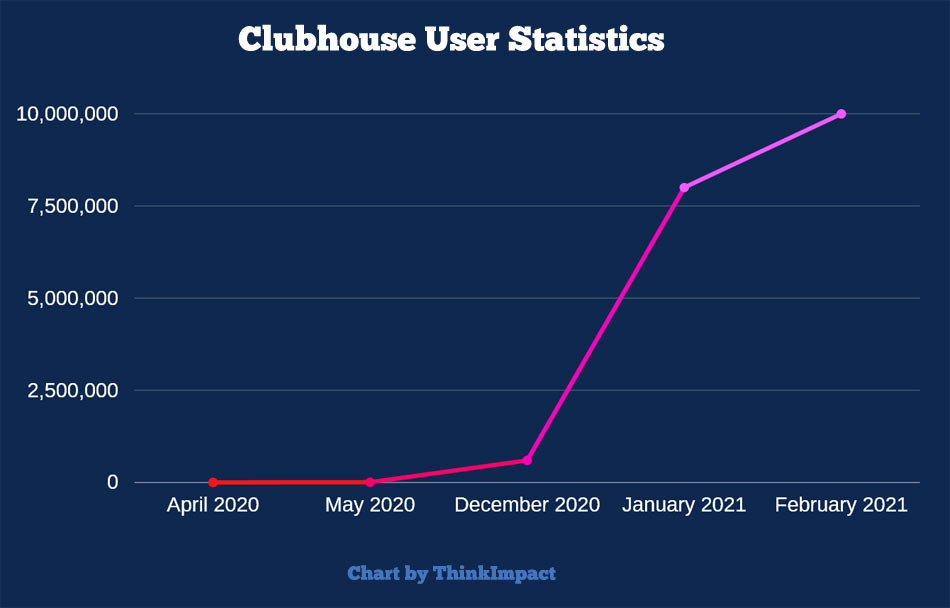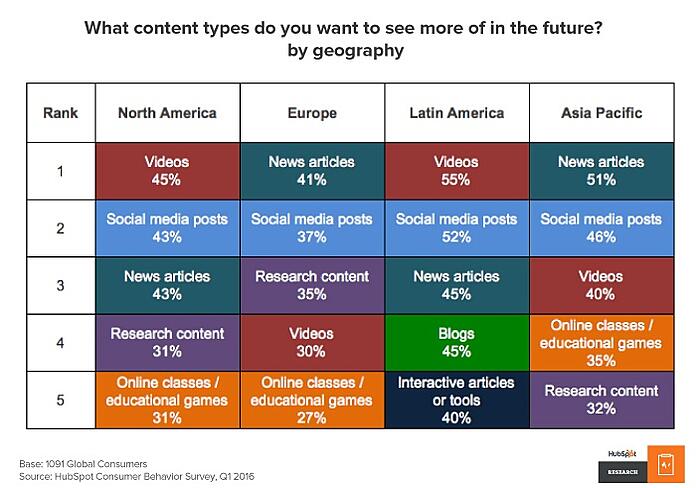
Content marketing has never been as popular as it is now. 2 decades back, most businesses did not even have websites and relied heavily on traditional methods of marketing and advertising to spread the message about their products. But, with the advancement in technology, companies and businesses around the world have full-fledged websites and content marketing is an integral part of their marketing strategies.
In fact it is a pleasant change. Earlier on, traditional methods of marketing would rely on mass emails and force-fed advertising. Audiences have now become more self-aware and they know what they want. They want everything tailor-made to their requirements.
Content marketing as we know it today was a result of this rise of new-age consumerism.
Thankfully marketers have found out and devised ways to align themselves with this changing landscape. Many businesses have taken advantage of this and turned this into a profit-churning machine and are still reaping benefits.
And, this is perhaps one of the greatest reasons why content marketing has become so popular amongst marketers and businesses alike. Moreover, it has helped consumers to find anything that they want on the internet, thanks to all the content marketers out there.
Is Your Content Interactive?
Traditional content marketing will soon become ancient history. It’s not an over-statement, by any chance. Then, marketers need to figure out what comes next and what form of marketing will be able to address their concerns. The concern that is crucial is engagement. Whatever the scenario is, marketers will always have to come up with engaging experiences for the consumer.
Interactive content marketing is a novel idea. It will still be ages before it becomes overwhelming and saturated. Moreover it will be personalized and customized for every lead. Due to its immersive nature, it has the potential to become more engaging.
Interactive content will take advantage of personal information provided by every lead and generate an engaging experience for them. It will display ads that a lead has shown interest in. It will display different forms of interactive content that will engage every lead and turn them into clients.
The next phase of marketing will definitely emphasize on integration of big data with advanced technology that will help create a tailor-made experience for every lead and client.
Types of Interactive Content
So, let’s talk about the different types of interactive content that you can produce to create a unique experience for every website visitor.
1. Quizzes: Quizzes are fun. You can’t deny that. Look at Buzzfeed. I’m sure you have tried their quizzes. They are interactive and they are addictive. They have an entertainment value but you can also harness them to provide information about your brand.
Maybe you can harness the data collected to reveal what your users like and dislike. Additionally, you can map your quizzes according to the different stages of the sales funnel to make them more interactive and customized.
2. Calculators: Calculators are interactive tools that are not only super useful, engaging but also pretty informative. For example, if you have a courier business, you can provide visitors with a shipping calculator. With this calculator, users can calculate their shipping charges from one place to another by inputting some details.
Similarly, SaaS businesses can provided customers with the exact cost of the product as the customer outgrows the current subscription plan.
3. Infographics & Whitepapers: Infographics and whitepapers are extremely interactive in nature. Even though they are widely used as a traditional form of content marketing, they can be harnessed to take the content experience to a whole new level. These content types can collaborate with different elements like quizzes and videos to create a journey that is unique to every lead.
4. Virtual Reality Content: Virtual reality takes interactive content to an entirely different level. No wonder Facebook acquired Oculus VR for a whopping $2.3 billion in 2014. The high hardware cost and lack of VR headset compatible content have been the initial hurdles in the widespread adoption of virtual reality but things will change soon as more and more publishers create VR content.
The Importance of Visual Content
When I am talking about content and content marketing the first thing that pops to my mind are blogs and PDFs. Maybe you too have the same thought popping into your mind.
However, content has evolved beyond letters and words and there are new territories that content marketers are exploring.
Around 45% of people consume more than an hour’s video content on Facebook and YouTube. People like video content and if you are a savvy marketer, you should take advantage of that.
If we take a look at these numbers from the point-of-view of age, we will see that 30% people between the ages 18-24 watch videos for more than 3-4 hours. But that does not mean visual content is limited to the millennial generation. Older generations too are stepping out of their comfort zones and consuming video content.
The importance of visual content is hard to ignore. Images, videos, and anything that exhibits a visual media has the ability to grab eyeballs even before text. It’s basic human tendency where we notice colours, shapes and images before we can read.
This results in higher click rates and successful marketing campaigns. No wonder infographics, slideshows and videos have become so popular.
Content Consumption Habits
To understand content marketing, and how we can go forward, let us take a look at consumption habits of consumers. Social media networks are the kings of content disbursement and they are continuously investing in content generation.
A live video/audio podcast or streaming is perhaps the most popular innovation in interactive content. The meteoric rise of Clubhouse rooms or Twitter Spaces has been phenomenal since the start of the pandemic.

Browsing habits show how people consume content not only on your website but on different platforms, platforms that you need to target and create content for. Your content should follow your consumers and eventually your leads should follow your content.
According to Hubspot, 55% prefer to thoroughly consume videos compared to a measly 29% who would like to read blogs. So, people like videos more than anything else. It is light on the eye and easy to consume. Moreover, people want to see more social media posts in the future. Video already reflects this change in consumer behaviour.

People’s browsing habits are not only limited to PCs and laptops. In fact 44% of consumers use a mobile device or a tablet to access the internet. So, the content has to be device-friendly as well.
And out of these consumers, 52% want to see more social media posts on their mobile devices.
Another hidden gem that many people are using, and can be harnessed to create an interactive content experience is voice search. It is still not as popular as other forms of content, but with 37% of people using Siri, 23% using Cortana and 19% using Alexa every month, these numbers are set to rise.
How to Prepare for Interactive Content Marketing
Since the entire topic of integrated content marketing is at a speculative stage, so preparing for it might prove to be easier than we think. The most important thing to do is to be aware that there is a possibility of this happening in the near future and if you are prepared, you can benefit from it.
However, the future of content marketing lies in interactive content marketing. If we make history our guide, we will be able to decipher that content marketing will soon hit the roadblocks that traditional marketing had hit a decade ago.
The internet will soon become saturated with content and audiences will be fed-up with it. Traditional content that is all the rage right now will not be the norm anymore as audiences will gear towards other methods to consume information.
At this point it might be just sheer speculation on my part, but interactive content marketing might just replace traditional content marketing in a few years. The best way to go about this is to work on content that is open-ended. This will help you experiment with different content types and explore multiple directions.
Another good way to start would be to collect as much data as possible from your consumers. In this age of information, data is king. The more data you compile, the clearer your objectives will be. User input is another significant aspect that you should never ignore.
Ask your subscribers and leads about what they want. This will help you understand exactly what type of content will help you move forward.
Most importantly, make sure that your content will be able to harness the power of more advanced forms of interactive technology as new content forms become popular.